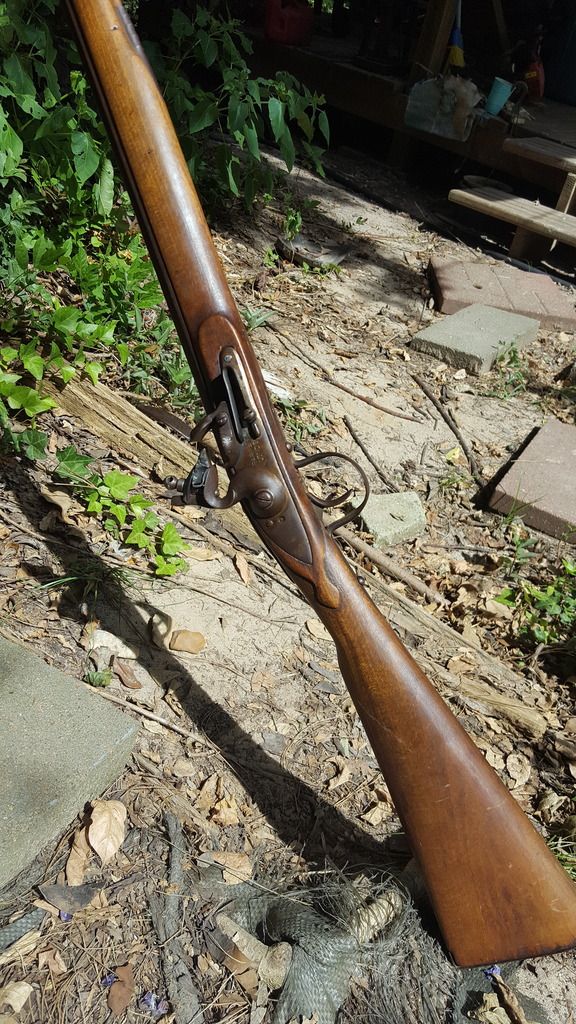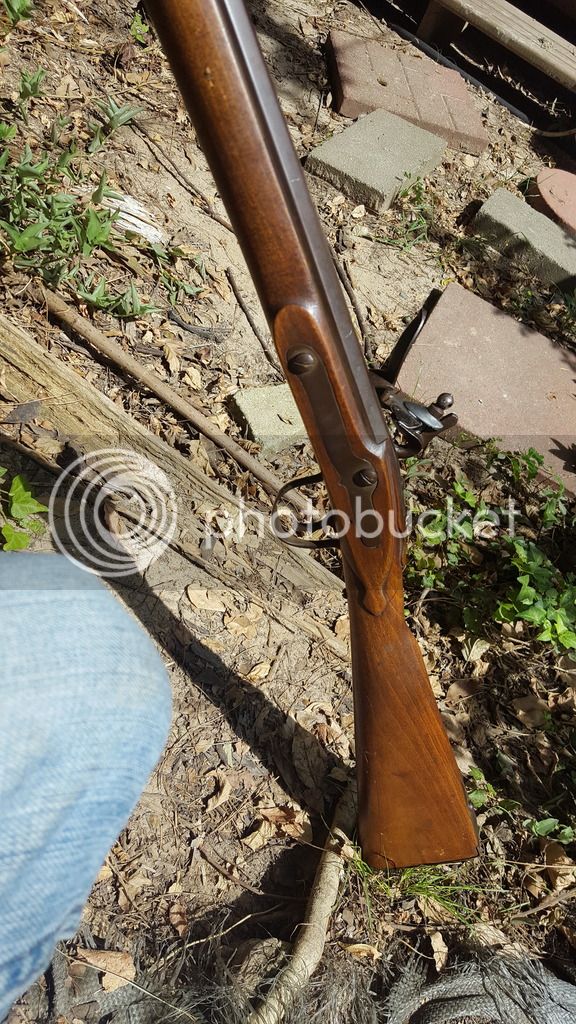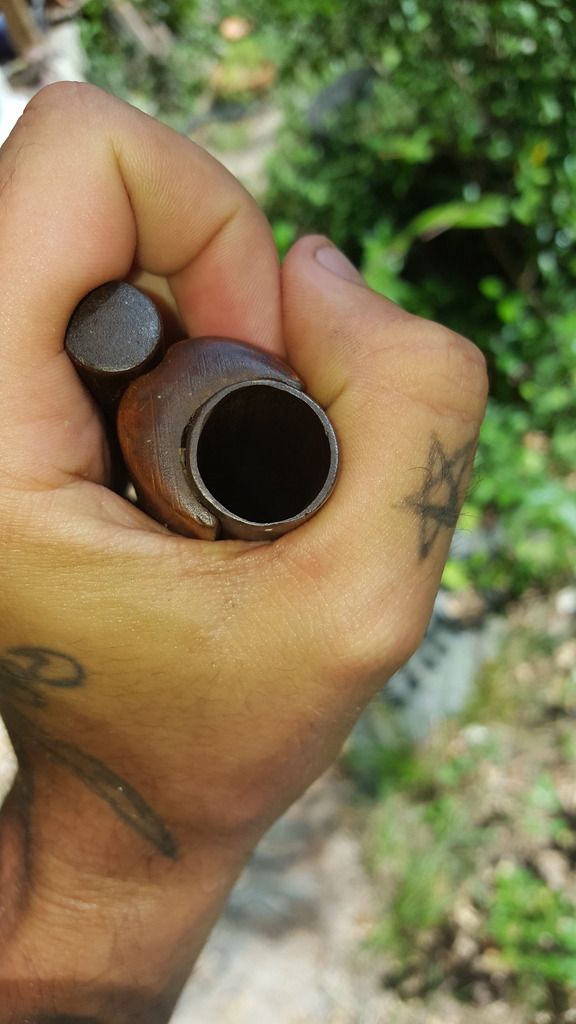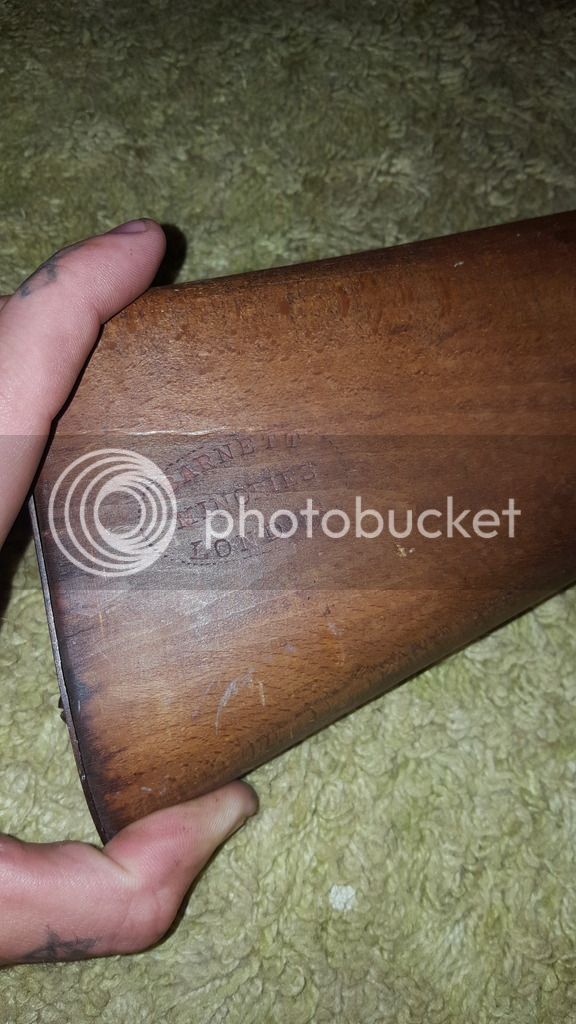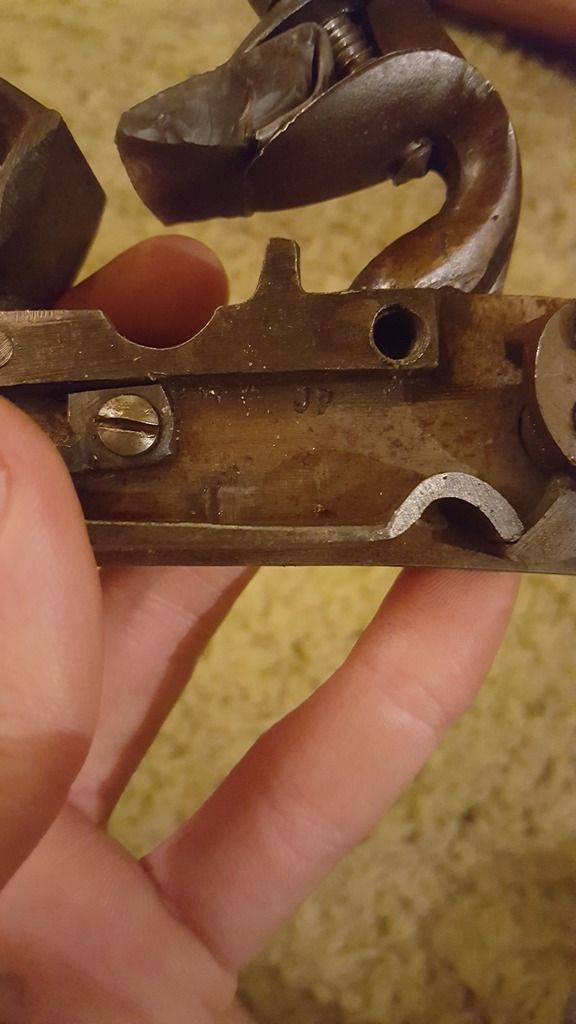-
This community needs YOUR help today. We rely 100% on Supporting Memberships to fund our efforts. With the ever increasing fees of everything, we need help. We need more Supporting Members, today. Please invest back into this community. I will ship a few decals too in addition to all the account perks you get.

Sign up here: https://www.muzzleloadingforum.com/account/upgrades -
Friends, our 2nd Amendment rights are always under attack and the NRA has been a constant for decades in helping fight that fight.
We have partnered with the NRA to offer you a discount on membership and Muzzleloading Forum gets a small percentage too of each membership, so you are supporting both the NRA and us.
Use this link to sign up please; https://membership.nra.org/recruiters/join/XR045103
You are using an out of date browser. It may not display this or other websites correctly.
You should upgrade or use an alternative browser.
You should upgrade or use an alternative browser.
unknown 16 gauge.
- Thread starter hypo
- Start date

Help Support Muzzleloading Forum:
This site may earn a commission from merchant affiliate
links, including eBay, Amazon, and others.
cositrike
40 Cal.
Looks like a trade gun for the African trade. I used to have one very similar
Simon
Simon
curator
45 Cal.
- Joined
- Dec 28, 2004
- Messages
- 685
- Reaction score
- 126
This appears to be a "better quality" replica of an "Indian trade gun" produced by Barnett in England. The screw threads (if modern size and pitch) will indicate if it is an original, in which case it is in exceptional condition. The lock should also be marked "Barnett." African trade guns are mostly made in Belgium although some English made guns went to South Africa in the early colonial period. Most trade guns were .62 caliber or 20 gauge but some were made with larger bores like 16 gauge. If this gun is still loaded, proceed cautiously. Trade guns were made with a proper breech plug that can be removed. I would advise that route to get rid of what's inside. Don't apply heat to break the plug free! I remove the barrel on a loaded gun and stand the breech part in a quart can full of kerosene or penetrating oil for a few days. A proper breech plug wrench helps.
It is gauge stamped 22 between the proof marks. It is an original trade gun of the type intended for African trade, not a reproduction. Late 19th century. Note the use of surplus Enfield parts - bridle, sear spring and likely the sear. It is in remarkable condition for this sort of gun.
Don't know what tools you have at hand. I generally pull loads, rather than unbreeching the barrel. There is a risk of damage. Assume that it is actually loaded with powder/shot/ball/whatever, but be prepared for anything. All sorts of things got packed into muzzleloader barrels. Just unloaded on barrel of a double - brown paper wadding, and a round ball, but no powder. No idea if it was a dry load or someone playing. Unloaded a Barnett Northwest gun once, it had been loaded as a shotgun with newspaper wadding and #5 shot. Newspaper was from the Winnipeg Free Press, Nov. 13, 1924.
Don't know what tools you have at hand. I generally pull loads, rather than unbreeching the barrel. There is a risk of damage. Assume that it is actually loaded with powder/shot/ball/whatever, but be prepared for anything. All sorts of things got packed into muzzleloader barrels. Just unloaded on barrel of a double - brown paper wadding, and a round ball, but no powder. No idea if it was a dry load or someone playing. Unloaded a Barnett Northwest gun once, it had been loaded as a shotgun with newspaper wadding and #5 shot. Newspaper was from the Winnipeg Free Press, Nov. 13, 1924.
frogwalking
45 Cal.
- Joined
- May 6, 2013
- Messages
- 691
- Reaction score
- 4
The stock looks like birch to me. Does the flintlock spark? What condition is the inside of the barrel? It looks like the barrel does have some thickness in the back. I am currently building a smoothbore gun from an original, unused Belgian barrel made for the African trade. It was proofed in the 1890s. I think I will proof it again before I ever fire it from the shoulder. If yours sparks, and the bore is not too bad, you should proof fire it before ever getting close when it goes off. I have shot worse. Mother always said God looks after fools and drunks.
- Joined
- Jul 30, 2013
- Messages
- 6,595
- Reaction score
- 300
IF I was GUESSING, I would say that you have a British-made smoothie made for either the African trade (as others have said) OR for sale to the Indians of South America. = Flintlocks are NOT considered to be deadly weapons in most of the SA nations & are "freely traded" into/between those nations.
(I saw any number of similar FL smoothies when I was seconded to the OAS in Venezuela/Columbia & that were regularly used for subsistence hunting for game from birds up to El Tigre.)
IF it was mine, I would CAREFULLY unload it (after killing the powder) & CAREFULLY inspect the bore with a strong light for flaws.
IF it passed a visual inspection, then I would load it with a light 20-gauge load & fire it "from a distance" & see what's what.
IF that light load works well, I would try heavier loads until you find a suitable 16 gauge load.
You may well discover that it shoots beautifully with everything from #8 birdshot to 000 Buck.
yours, satx
(I saw any number of similar FL smoothies when I was seconded to the OAS in Venezuela/Columbia & that were regularly used for subsistence hunting for game from birds up to El Tigre.)
IF it was mine, I would CAREFULLY unload it (after killing the powder) & CAREFULLY inspect the bore with a strong light for flaws.
IF it passed a visual inspection, then I would load it with a light 20-gauge load & fire it "from a distance" & see what's what.
IF that light load works well, I would try heavier loads until you find a suitable 16 gauge load.
You may well discover that it shoots beautifully with everything from #8 birdshot to 000 Buck.
yours, satx
hypo
36 Cal.
- Joined
- Sep 9, 2013
- Messages
- 55
- Reaction score
- 1
I'm waiting on my bore camrea to come in but it looks alright it does throw a good spark the frizzen is very hard to open and close still but I took the lock off and checked it I'm really thanking about shooting it but I'm also looking at getting a barrel made for it.
- Joined
- Aug 6, 2005
- Messages
- 6,729
- Reaction score
- 4,877
Sir, do you mean beech, rather than birch?
It is more likely to be the former, as birch trees are not very common in the UK. Those that are found tend to be very slender, and totally useless for making gunstocks, especially for a low-cost common firearm like this one.
Scandinavia/Russia is the home of birchwood stocks, not the UK.
tac
It is more likely to be the former, as birch trees are not very common in the UK. Those that are found tend to be very slender, and totally useless for making gunstocks, especially for a low-cost common firearm like this one.
Scandinavia/Russia is the home of birchwood stocks, not the UK.
tac
If your gun is still loaded, I would defer testing the flintlock for sparking until the load is removed or the lock is removed. Since I see that you have taken the lock off the gun, I hope your test for spark was with the lock off the gun.
You say the gun is marked as a 22 gauge. That diameter is 0.596". Have you measured the bore?
The stock is marked as made by Barnett, London. Are there other markings on the barrel besides the proof and the 22?
I am in agreement that this is a gun made for the African trade.
You say the gun is marked as a 22 gauge. That diameter is 0.596". Have you measured the bore?
The stock is marked as made by Barnett, London. Are there other markings on the barrel besides the proof and the 22?
I am in agreement that this is a gun made for the African trade.
Similar threads
- Replies
- 0
- Views
- 114
- Replies
- 4
- Views
- 444
- Replies
- 3
- Views
- 345




